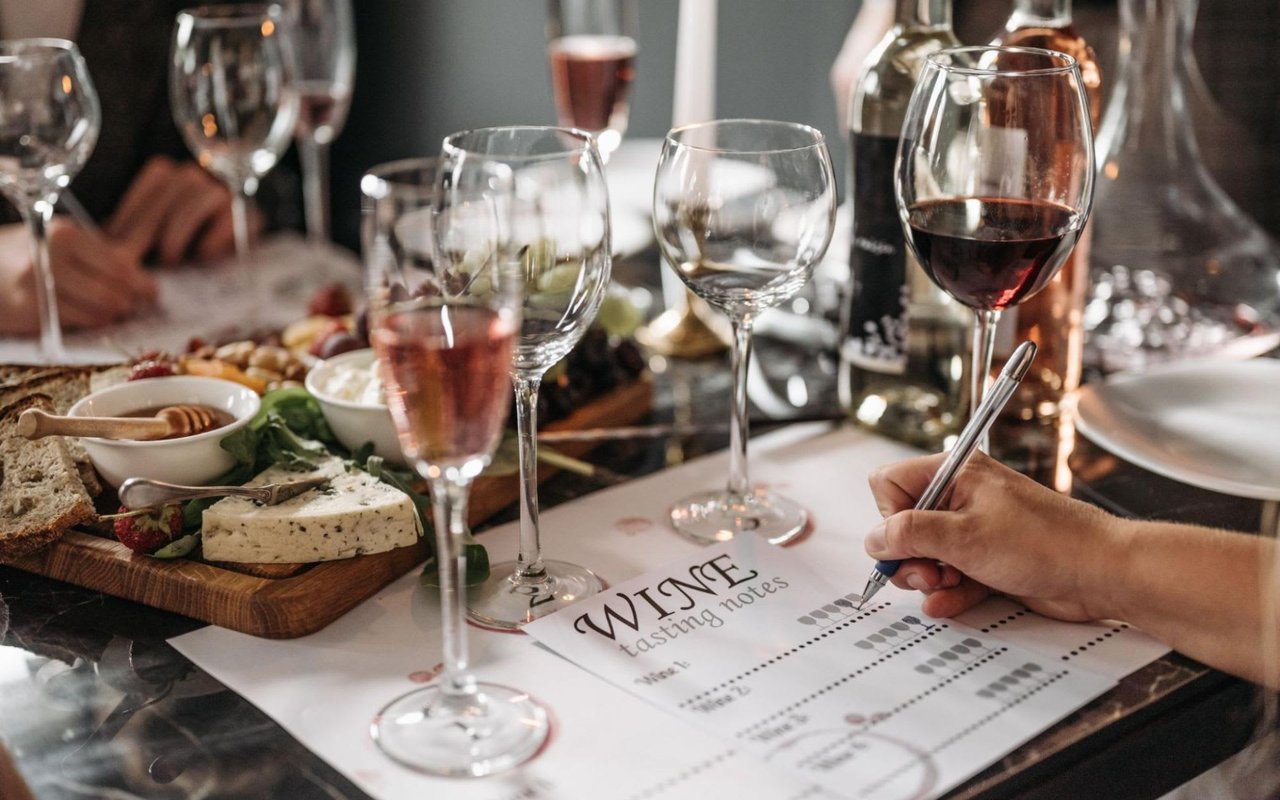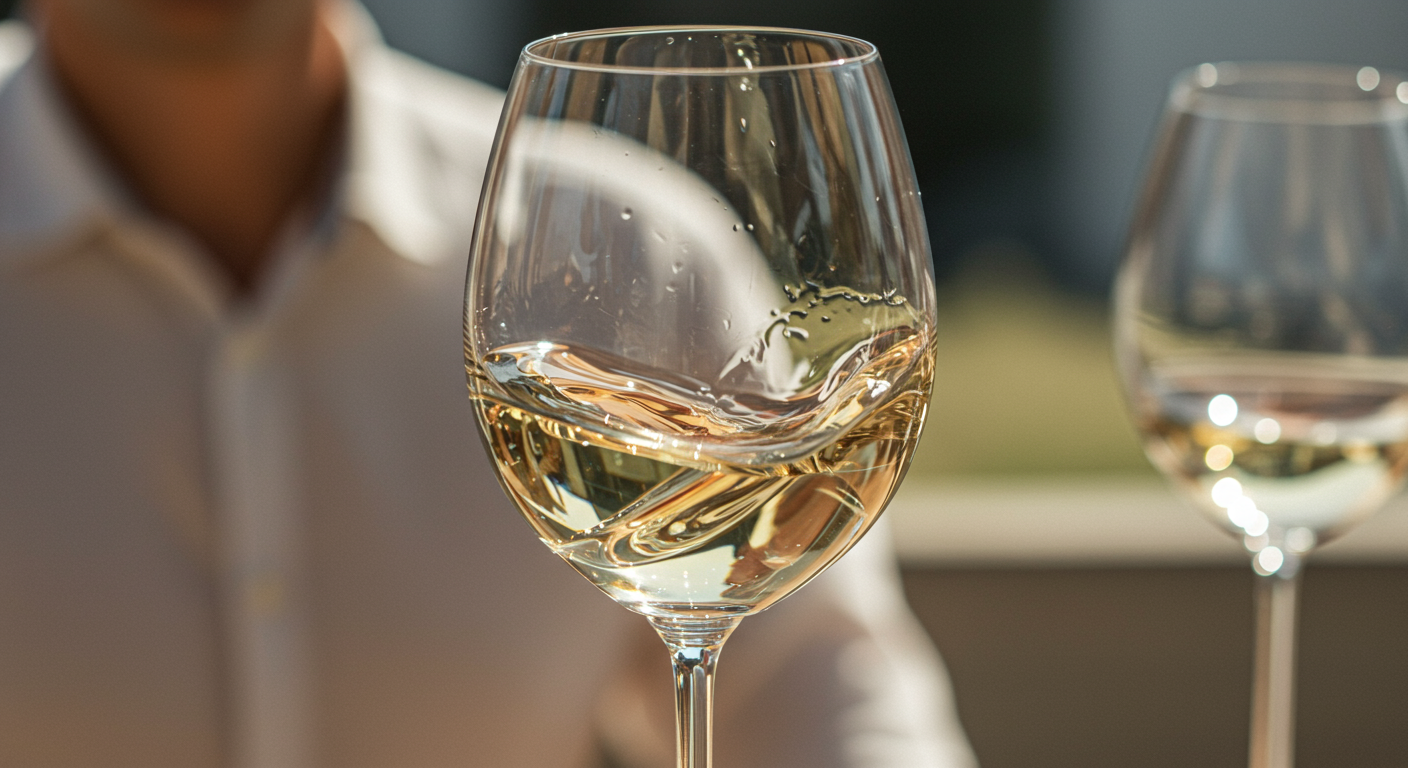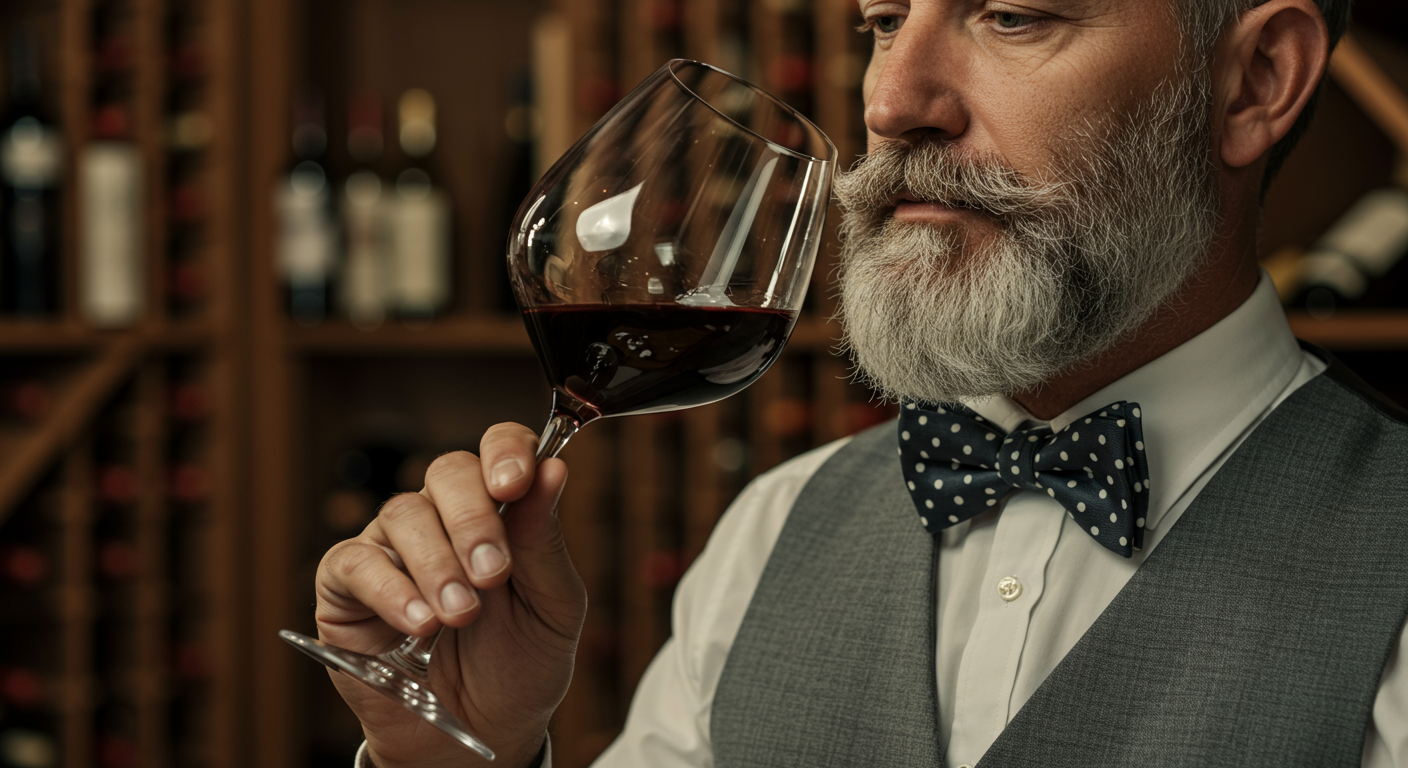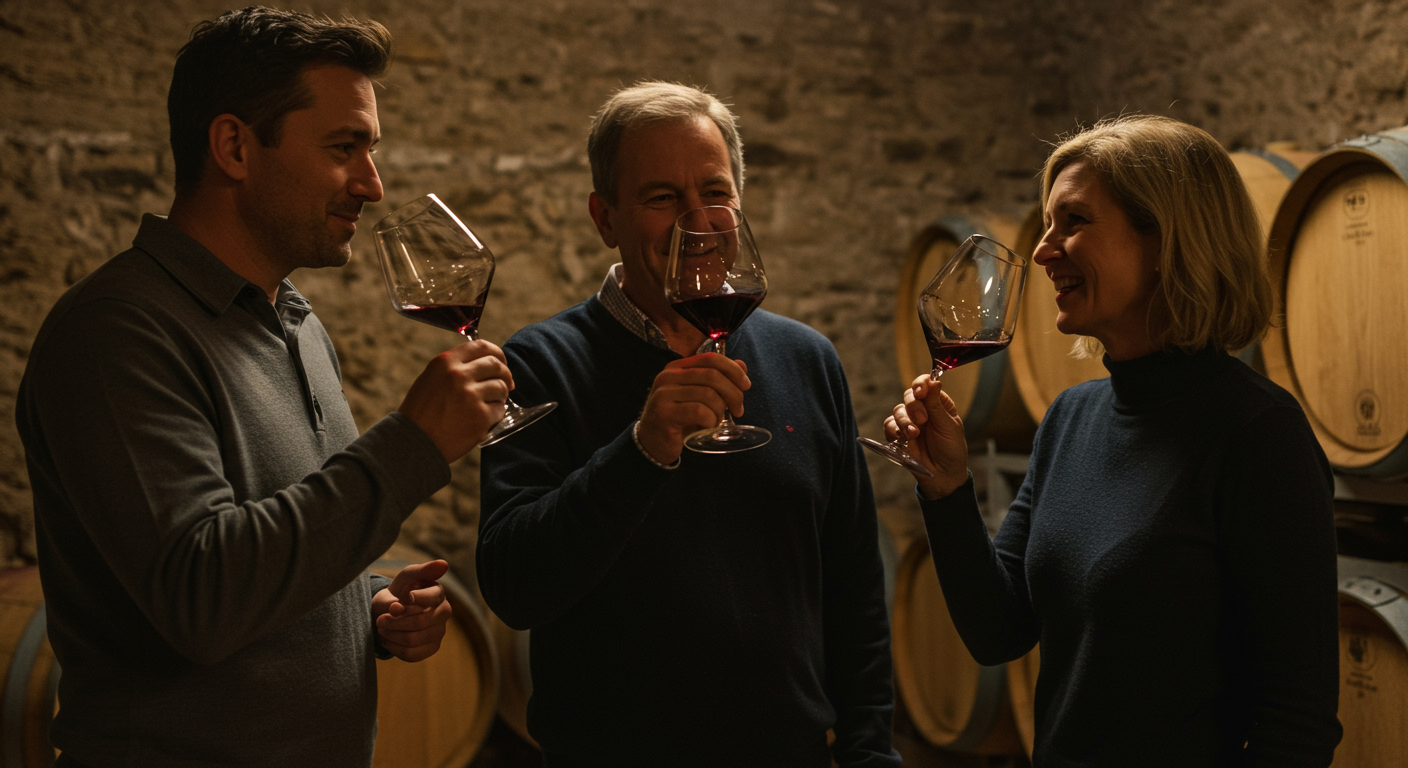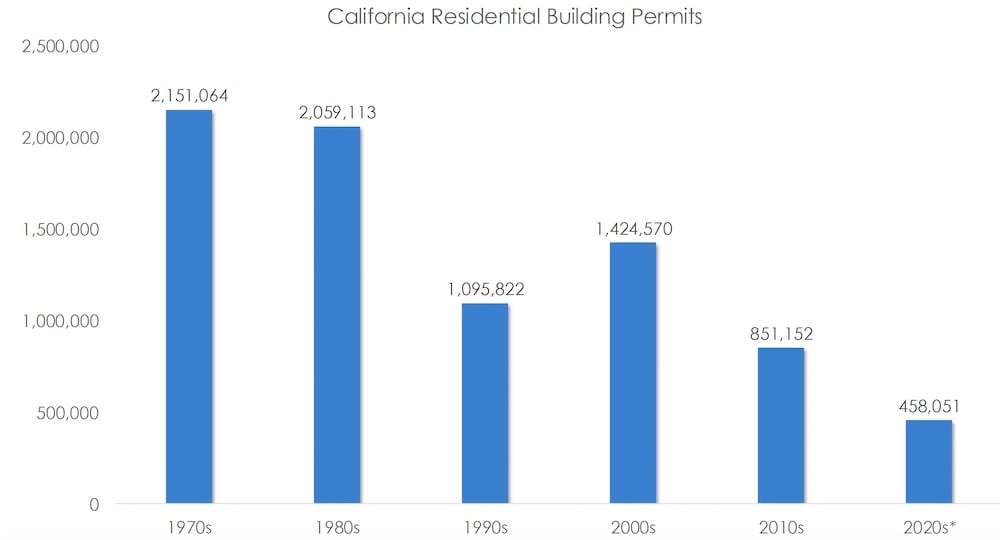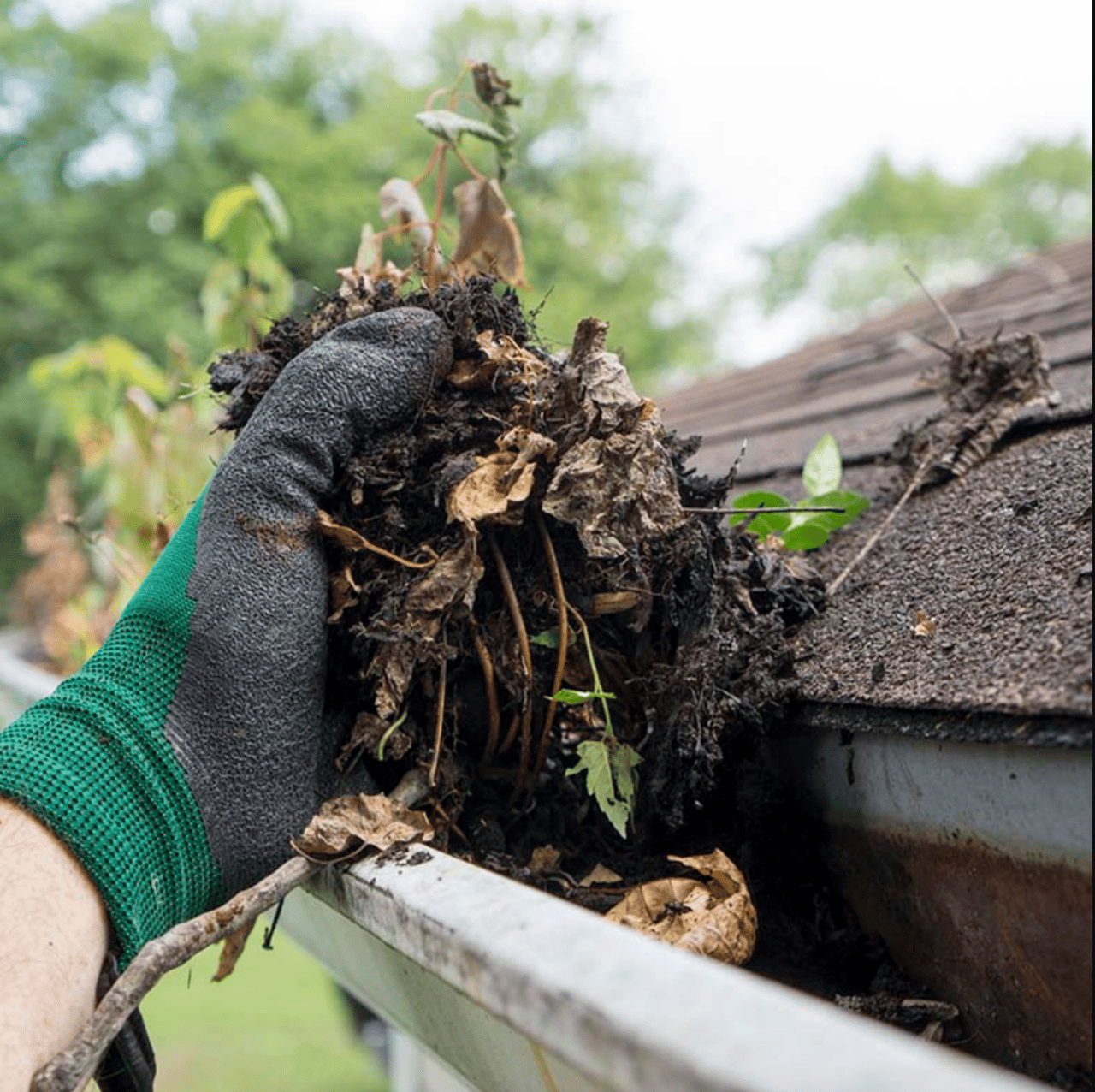Though it may be more than an hour away from famed Napa Valley, Alameda County is still a wonderful place to explore wineries and go on fun wine-tasting adventures. With more than 20 wineries in the area, including
Rosenblum Cellars,
Milliaire Winery, and
Murrieta’s Well, Alameda County is rich with knowledgeable winemakers and gorgeous locations to visit. Whether you’ve enjoyed wine for many years or are new to the beverage, you may want to learn more about how to taste wine like a pro before you head out to a local winery or an event where wine will be served. Here are some tips to help you look like an expert no matter what your current level of experience is.
The five-step process
Professional winemakers tend to agree that tasting wine like a pro involves a
five-step process:
Step 1: Look at the wine
To look like a pro when tasting wine, first engage your eyesight. Hold the glass up to the light and observe its appearance. If you’re tasting a white wine, you may notice it’s the color of light straw, or maybe it’s golden yellow. The lighter the white wine, the younger it likely is. The same holds true for red wine. Red wine tends to start out purple, then age to red, then eventually to a brownish color.
Step 2: Swirl your glass
Photo courtesy of Unsplash
Next, you’ll want to check out the wine’s “legs.” Tilting the glass and swirling the wine in it will help you see if there are any streaks of wine that cascade down the side of the glass. These are called “legs,” and the more you observe them, the heavier the wine—and likely the higher in alcohol content—it will be.
Step 3: Sniff the wine
Photo courtesy of Shutterstock
Now that you’ve observed the wine, you can put your nose in the glass and give it a good sniff. Try to identify aromas like floral, fruity, or herbal. Keep in mind when talking about what you smell that the “aroma” and “bouquet” are two different things. “Bouquet” is a more advanced and complex term, so stick with using the word “aroma” for now.
Step 4: Sip the wine
The time has finally arrived to taste your wine! Sip just enough to coat the inside of your mouth and observe how sweet or acidic it is. Also observe how dry the wine makes your mouth feel since this will give you a good idea of how high in tannins it is. The dryer it feels, the more tannins it has.
Step 5: Savor the taste
Photo courtesy of Shutterstock
At this point, you’ll have either swallowed or spit the wine out. Whichever you choose to do, you can still savor the taste of it on your palate. This is what is referred to as “the finish.” Are there any lingering tastes you notice? Does your mouth continue to feel dry? How long can you taste it after it has left the mouth? While there’s no one “finish” that’s better than another, you can start learning which finishes suit your tastes and what they tell you about the wine’s age, type, and other characteristics.
Other pro tips on how to taste wine
After you’ve mastered the five-step process, you can take your wine-tasting expertise to the next level. Here are some tips from the experts:
Memorize a few descriptors
When describing the taste of wine, you want to use some terms that are frequently used by the pros. These include “fruit forward” (this means it tastes like a ripe fruit), whether the wine tastes like a “red fruit” (cherry, raspberry, or currant) or a “black fruit” (fig, plum, or blackberry) and if you can taste citrus, stone fruit, or tropical notes.
Learn about a couple of regions
Wines come from all over the world and each region has its own characteristics. Trying to learn about all of the wines of the world is a huge task, so it’s always a good idea to hone in on one or two areas and learn everything you can about their wines. If you live in Alameda County, you can choose to learn about the local wines and get accustomed to their style to begin your education.
Know how to hold your glass
You can usually tell a novice wine drinker by the way they hold their glass. Cupping the glass or holding it with both hands transfers your body heat to the glass, which is a big no-no. You want your wine to stay at the correct temperature so you can smell and taste all of the nuances. For example, sauvignon blanc is best tasted at 45-49 degrees, while merlot should be served at 60-65 degrees. If you hold your wine glass by the stem, you can avoid warming it (and look like an expert at the same time.)
Understand the difference between Old World and New World wines
Really want to impress your fellow wine tasters? Brush up on your history. Old World wines are those that come from countries that are considered the birthplace of wine, like Portugal, Italy, Spain, France, Germany, and Israel, while New World wines come from countries that used to be colonies, such as the United States, Australia, and South Africa. Old World wines tend to be lighter-bodies and lower in alcohol content, while New World wines have bolder fruit flavors.
Do you plan to visit some wineries or tasting rooms in the upcoming months? Are you worried that you’ll appear like a novice in front of wine enthusiasts? Learning how to taste wine like a pro will help you enjoy your experience stress-free. Don’t currently live in an area like Alameda County, where there are plentiful high-quality wineries nearby? Reach out to experienced local agent
Doug Buenz. He can help guide you through the homebuying process and show you what’s on the market in the Bay Area.
*Header photo courtesy of Pexels
